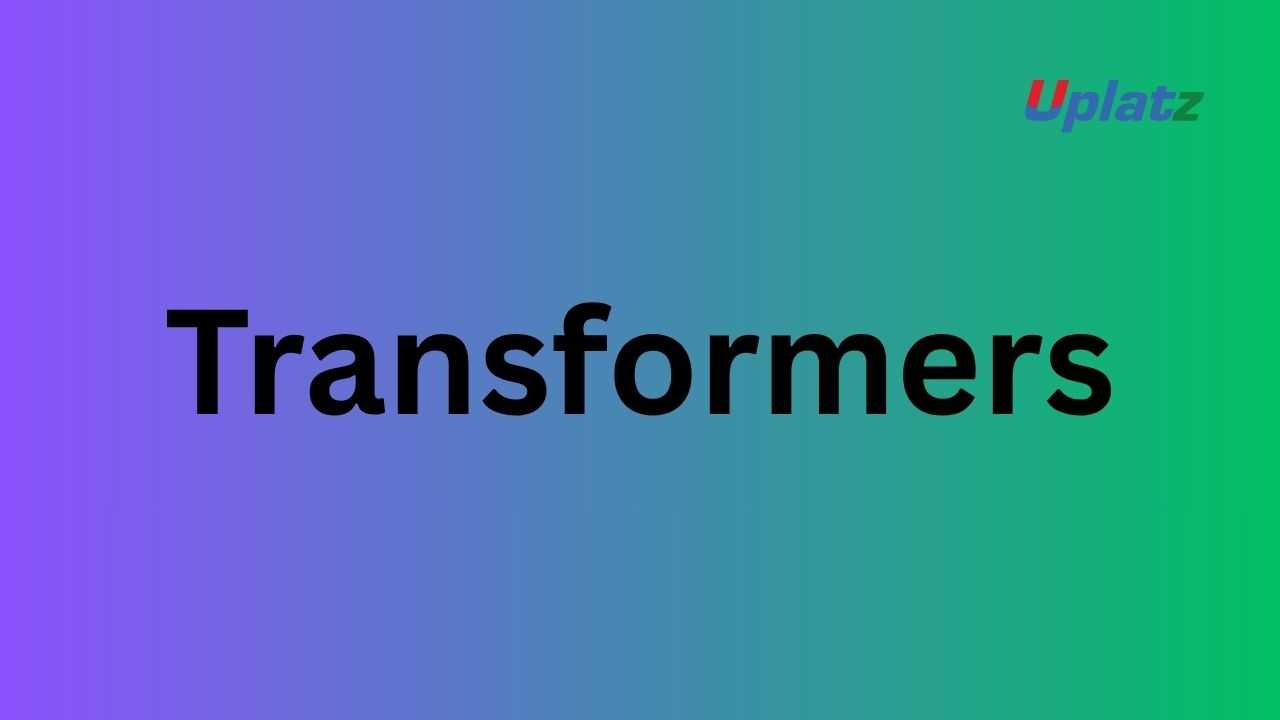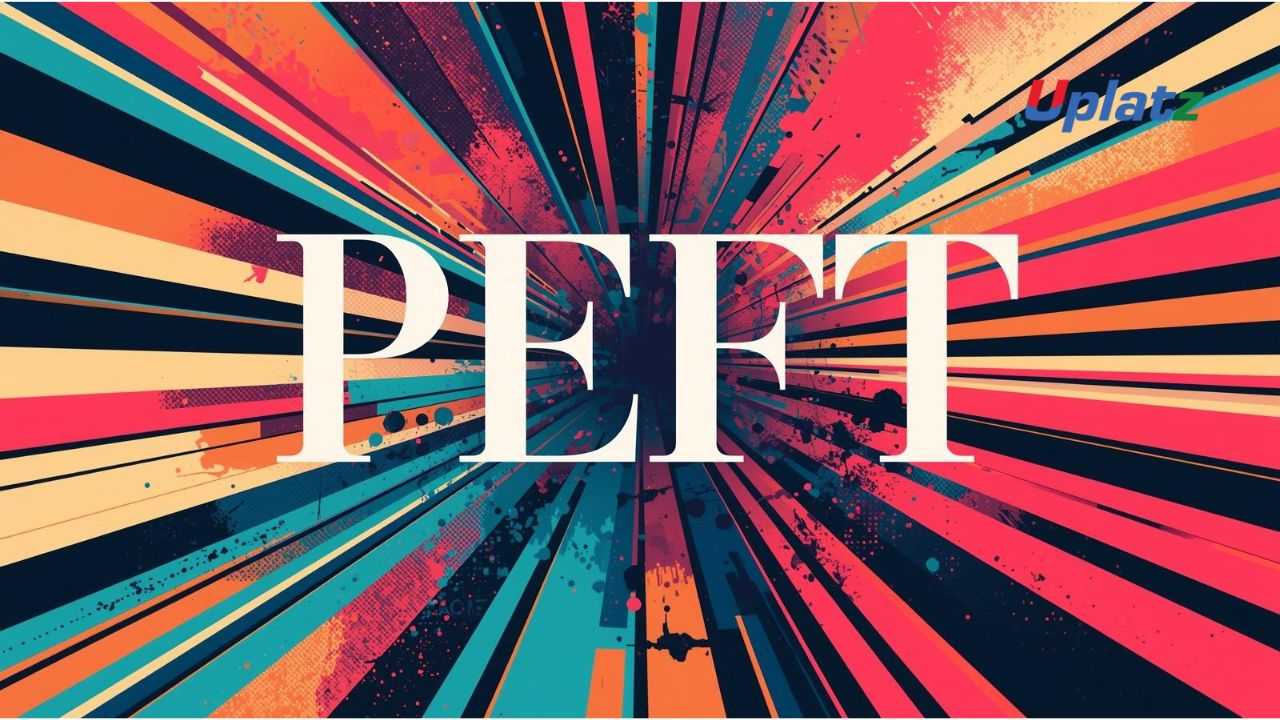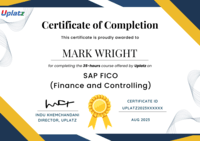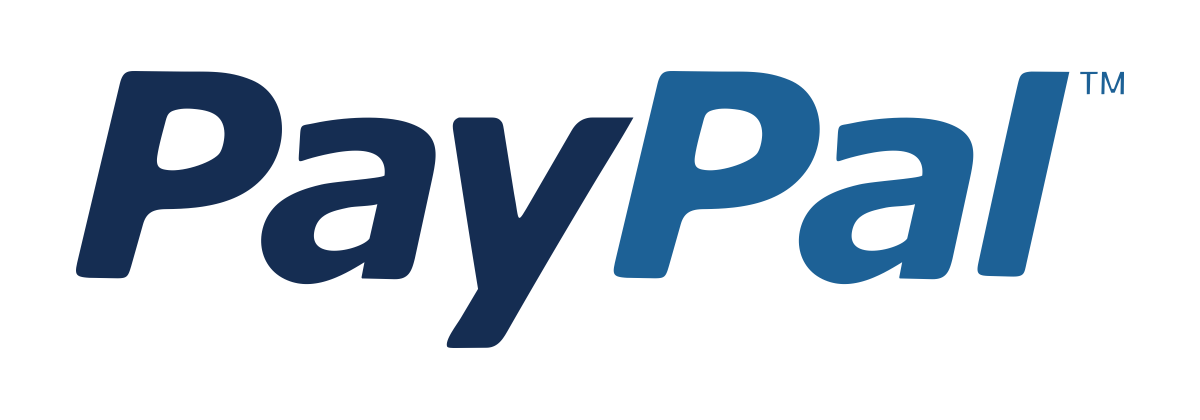Qwen
Learn Qwen architecture, fine-tuning, inference optimization, RAG pipelines, multimodal capabilities, and enterprise deployment using the powerful and Price Match Guarantee
Full Lifetime Access
Access on any Device
Technical Support
Secure Checkout
Course Completion Certificate
Price Match Guarantee
Full Lifetime Access
Access on any Device
Technical Support
Secure Checkout
Course Completion Certificate
 97% Started a new career
BUY THIS COURSE (
97% Started a new career
BUY THIS COURSE (GBP 12 GBP 29 )-
 86% Got a pay increase and promotion
86% Got a pay increase and promotion
Students also bought -
-

- Mistral
- 10 Hours
- GBP 12
- 10 Learners
-

- Transformers
- 10 Hours
- GBP 12
- 10 Learners
-

- PEFT
- 10 Hours
- GBP 12
- 10 Learners

Qwen (also known as Tongyi Qianwen) is Alibaba’s family of next-generation open-source large language models designed for high performance across text, multimodal understanding, reasoning, multilingual communication, code generation, enterprise intelligence, and general-purpose generative AI tasks. The Qwen series includes compact lightweight models, mid-sized instruction-tuned models, large-scale MoE variants, and cutting-edge multimodal models capable of processing text, images, audio, and more.
Qwen has become a global leader in open-source AI due to its strong reasoning abilities, broad multilingual support (especially for Asian languages), outstanding performance-cost ratio, and enterprise-friendly architecture. Qwen models power a wide range of applications—from intelligent assistants and agents to document analysis, chatbots, enterprise search, video intelligence, and more. Their versatility, stability, and fine-tuning friendliness have positioned Qwen as a key foundation model in the open AI landscape.
The Qwen Course by Uplatz provides a comprehensive, hands-on exploration of how to load, fine-tune, optimize, and deploy Qwen models for real-world use cases. This course blends deep theory with practical coding examples using Hugging Face Transformers, vLLM, QLoRA, DeepSpeed, and modern inference engines. You will gain mastery of Qwen models across the entire development lifecycle—from architecture to deployment.
We start by exploring the Qwen model family, including:
-
Qwen 0.5B / 1.8B / 4B lightweight text models
-
Qwen 7B / 14B general-purpose and instruction-tuned models
-
Qwen-Plus and Qwen-Max enterprise-grade reasoning models
-
Qwen2 and Qwen2.5 upgraded architectures
-
Qwen-VL & Qwen-VL-Plus multimodal (vision-language) models
-
Qwen-Audio & Qwen-Omni audio + multimodal variants
You will understand the architectural advancements behind Qwen models, such as:
-
Advanced tokenizer with strong multilingual support
-
Grouped-query attention
-
Sliding-window attention
-
Rotary embeddings (RoPE)
-
High-compression vocabulary
-
Efficient feedforward and attention modules
-
Multimodal encoders (for Qwen-VL)
You will then learn how to use Qwen models via Hugging Face, the Qwen Python API, Qwen-Chat frameworks, and local inference environments. You’ll run the models in chat mode, generate text, translate languages, perform code generation, execute multi-step reasoning, and build production-ready applications.
A central part of the course focuses on fine-tuning Qwen models, where you will learn:
-
LoRA fine-tuning
-
QLoRA with 4-bit quantization
-
Prefix tuning & adapters
-
Full fine-tuning for smaller models
-
Supervised instruction tuning
-
Preference optimization & alignment
You will practice building datasets for Qwen finetuning, structure them for instruction-based training, implement training loops using PEFT and Transformers, evaluate performance, and deploy the fine-tuned model.
In addition, this course provides an in-depth module on Qwen-VL and Qwen-Audio, covering:
-
Multimodal reasoning
-
Image captioning
-
Document OCR+QA
-
Vision-based grounding
-
Audio transcription and command understanding
You will learn how to build multimodal applications such as:
-
Image-driven chatbots
-
Visual Q&A
-
Image-to-text converters
-
Intelligent document analysis pipelines
Another major section of the course focuses on RAG (Retrieval-Augmented Generation) using Qwen:
-
Embedding creation with Qwen-Embedding models
-
Vector databases (FAISS, Milvus, Pinecone, Chroma)
-
Chunking strategies for large documents
-
Multi-turn retrieval
-
Knowledge-grounded responses
-
Enterprise Q&A systems
You will build a fully functional RAG application that uses Qwen for reasoning and Qwen-Embedding for semantic retrieval.
We then explore modern AI optimization frameworks:
-
vLLM for ultra-fast Qwen inference
-
Text Generation Inference (TGI) for scalable cloud deployment
-
TensorRT-LLM for GPU-accelerated inference
-
DeepSpeed for distributed training
-
llama.cpp (GGUF) for CPU-only and mobile deployment
You will learn the best practices for deploying Qwen in:
-
Cloud GPU instances
-
Docker containers
-
Kubernetes clusters
-
Enterprise workloads with autoscaling
-
API endpoints (FastAPI, Flask, TGI)
Finally, the course concludes with a real-world capstone project where you build, fine-tune, evaluate, optimize, and deploy a Qwen-powered enterprise chatbot or document assistant.
By the end of this course, you will have mastered Qwen’s architecture, training processes, and deployment strategies — enabling you to create industry-level AI solutions powered by the Qwen ecosystem.
🔍 What Is Qwen?
Qwen is Alibaba’s family of open-source LLMs built for high performance, efficiency, and enterprise deployment.
It includes:
-
Text models (Qwen 1.8B → Qwen 14B+)
-
Instruction models (Qwen-Chat)
-
Multimodal models (Qwen-VL, Qwen-Omni)
-
Audio models (Qwen-Audio)
-
Embedding models
-
Enterprise variants (Qwen-Plus, Qwen-Max)
Qwen is known for its exceptional multilingual abilities and efficient architecture.
⚙️ How Qwen Works
Key techniques inside Qwen models:
1. Tokenizer Improvements
Supports Chinese, English, and 100+ languages with high compression.
2. Enhanced Attention Mechanisms
FlashAttention, grouped-query attention, sliding-window attention.
3. High-Quality Training Data
Massive multilingual corpus + instruction tuning.
4. Multimodal Encoders (VL/Omni)
Process images, text, audio, and structured content.
5. Efficient Architecture
Supports quantization, efficient inference, and cost-effective deployment.
🏭 Where Qwen Is Used in the Industry
Qwen models are widely used in:
E-commerce & Retail
Product intelligence, chatbot support, customer recommendations.
Finance
Document analysis, compliance automation, customer dialogue.
Healthcare
Clinical summarization, medical document Q&A.
Education
AI tutors, multilingual apps, content generation.
Government & Public Sector
Citizen chat systems, translation, information services.
Tech Startups
Generative AI applications, copilots, automation tools.
Enterprise Solutions
Knowledge retrieval, document understanding, workflow AI.
🌟 Benefits of Learning Qwen
-
Master a rapidly growing open-source LLM family
-
Build multilingual, multimodal AI applications
-
Learn QLoRA and LoRA for cost-efficient fine-tuning
-
Deploy optimized Qwen models in production
-
Understand Qwen’s architecture, training, and ecosystem
-
Gain strong skills for enterprise AI jobs
📘 What You’ll Learn in This Course
You will explore:
-
Qwen architecture and model family
-
Qwen-VL and multimodal models
-
Qwen-Audio for speech tasks
-
Fine-tuning with LoRA and QLoRA
-
RAG using Qwen Embeddings
-
Inference with vLLM, TGI, TensorRT
-
Optimizing Qwen deployment
-
Building enterprise-grade chatbots
-
Capstone: Build and deploy a Qwen-powered AI assistant
🧠 How to Use This Course Effectively
-
Begin with Qwen model basics
-
Practice inference with small models
-
Move to fine-tuning with PEFT
-
Build multimodal apps (VL/Audio)
-
Implement RAG pipelines
-
Deploy with FastAPI & autoscaling
-
Complete the capstone project
👩💻 Who Should Take This Course
Ideal for:
-
LLM Developers
-
Machine Learning Engineers
-
NLP Specialists
-
AI Researchers
-
Enterprise AI Developers
-
Generative AI Practitioners
-
Data Scientists
🚀 Final Takeaway
Qwen brings state-of-the-art performance to the open-source AI world, delivering powerful, multilingual, multimodal, and enterprise-ready models. This course equips you to harness Qwen for building high-impact real-world applications.
Learners will be able to:
-
Understand Qwen architecture & model types
-
Use Qwen for multilingual and generative tasks
-
Fine-tune Qwen with LoRA/QLoRA
-
Work with Qwen-VL & Qwen-Audio
-
Build RAG pipelines with Qwen embeddings
-
Optimize inference using vLLM & TGI
-
Deploy Qwen models into production
Course Syllabus
Module 1: Introduction to Qwen
-
Model family overview
-
Differences between Qwen, Qwen2, Qwen-VL, etc.
Module 2: Architecture Breakdown
-
Tokenizer
-
Attention mechanisms
-
MoE (where applicable)
Module 3: Using Qwen Text Models
-
Chat generation
-
Code generation
-
Reasoning tasks
Module 4: Multimodal Models
-
Qwen-VL
-
Document vision
-
Image Q&A
Module 5: Audio & Omni Models
-
Speech-to-text
-
Audio reasoning
-
Multimodal integration
Module 6: Fine-Tuning Qwen
-
LoRA
-
QLoRA
-
Instruction tuning
Module 7: RAG with Qwen
-
Embeddings
-
Vector databases
-
Document-retrieval pipelines
Module 8: Inference Optimization
-
vLLM
-
TGI
-
Quantization & GGUF
Module 9: Deployment
-
FastAPI
-
Docker
-
Kubernetes
-
Cloud GPUs
Module 10: Capstone Project
-
Build and deploy a Qwen-based enterprise assistant
Upon completion, learners receive a Uplatz Certificate in Qwen & Multimodal LLM Engineering, demonstrating mastery of Qwen models and open-source LLM development.
This course prepares learners for:
-
LLM Engineer
-
Generative AI Developer
-
NLP Engineer
-
AI Research Scientist
-
Machine Learning Engineer
-
Enterprise AI Developer
1. What is Qwen?
Alibaba’s family of multilingual, multimodal open-source LLMs.
2. What makes Qwen good for multilingual tasks?
A tokenizer optimized for Chinese, English, and 100+ languages.
3. What are Qwen-VL models?
Vision-language models that process text + images.
4. How do you fine-tune Qwen?
Using LoRA, QLoRA, adapters, or full fine-tuning.
5. What inference engines work best?
vLLM, TGI, TensorRT-LLM.
6. Is Qwen suitable for RAG?
Yes—Qwen Embeddings is powerful for retrieval tasks.
7. What quantization methods work well on Qwen?
4-bit QLoRA, 8-bit loading, GPTQ, AWQ.
8. Can Qwen run locally?
Yes, smaller models run on a single GPU or even CPU with GGUF.
9. What makes Qwen efficient?
Strong training data, optimized attention, and compact architecture.
10. Is Qwen open-source?
Yes—many Qwen models have open weights & permissive usage terms.









